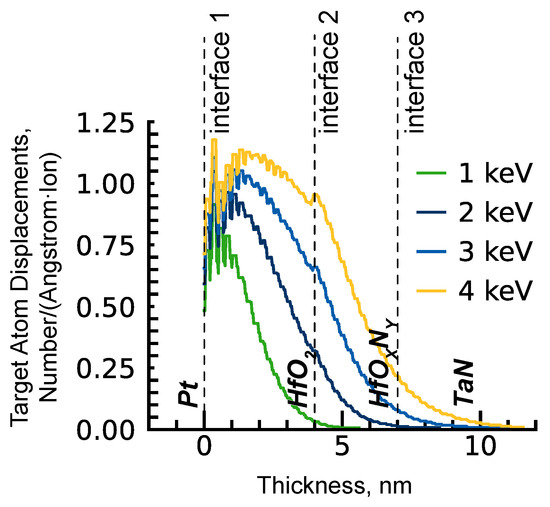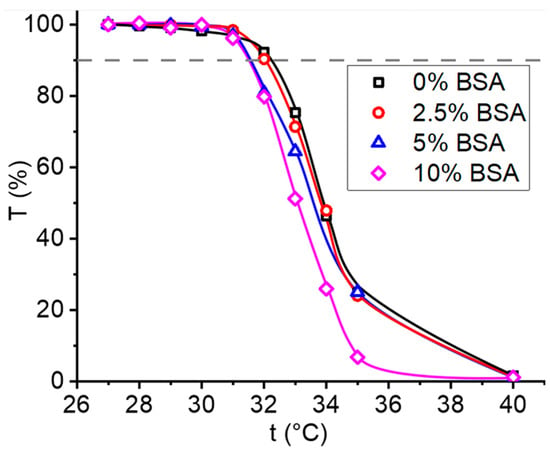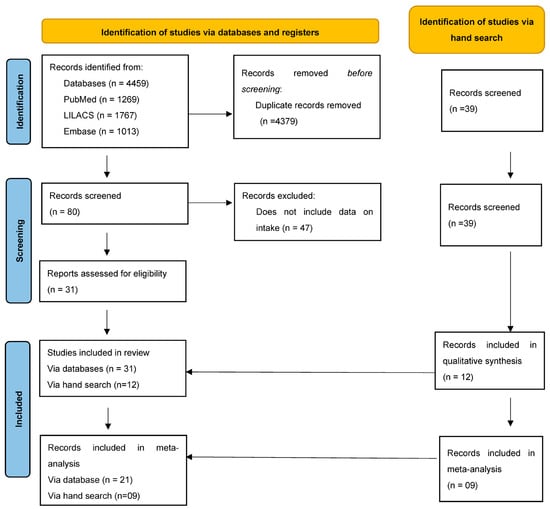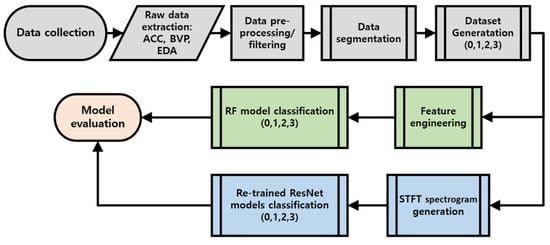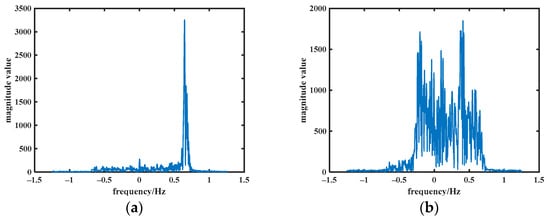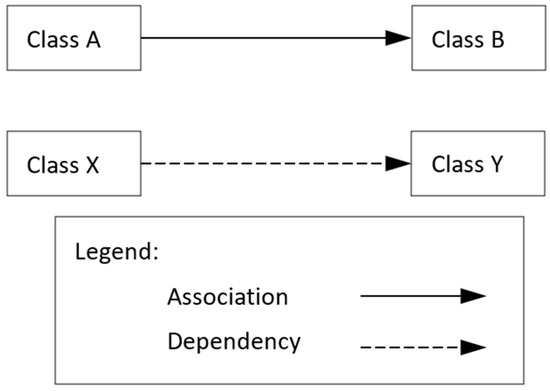Changes in climate and environmental conditions have aggravated the severity and unpredictability of plant survival and growth.
Cunninghamia lanceolata (Lamb.) Hook. is an economically important timber tree. Exploring its potential distribution and dynamic changes and identifying the leading environmental variables affecting it will help to adjust the planting range reasonably according to the habits and climate change, thus contributing to its survival and growth. Based on the MaxEnt model and ArcGIS tool, climate, soil, terrain, human activities, variable environment layers, and 395
C. lanceolata distribution points were used to simulate and analyze the geographical distribution characteristics of
C. lanceolata in the current and future periods (the 2050s and 2070s) under RCP2.6, RCP4.5, RCP6.0, and RCP8.5. The results showed that
C. lanceolata was suitable to grow in a subtropical monsoon climate with warm, humid, abundant rainfall and a relatively gentle topography. Additionally, using percent contribution, permutation importance, and the knife-cutting test, we noted that the annual precipitation (Bio12), human activities (Hfp), minimum temperature of the coldest month (Bio6), mean temperature of the coldest quarter (Bio11), precipitation of coldest quarter (Bio19), annual temperature range (Bio7), and elevation were the leading environmental factors affecting the geographical distribution of
C. lanceolata. Among them, it should be noted that the impact of human activities was negatively correlated with suitable habitat areas of
C. lanceolata and led to the degeneration of suitable habitats and fragmentized distribution. In addition, predictions have shown that the areas of habitats under other scenarios will be characterized by an increasing and then decreasing trend by the 2050s and 2070s, except for the RCP2.6 scenario, under which the suitable habitats area of
C. lanceolata will increase continuously. The core distributional shifts showed that the suitable habitats of
C. lanceolata will gradually shift and migrate to high-latitude areas due to global warming. This study focused on the characteristics of suitable habitats of
C. lanceolata under different climatic scenarios using more environmental factors and scenarios than before, aiming to provide a theoretical basis and guidance for the management and utilization of forest resources, the planning of suitable planting areas, and germplasm protection.
Full article
 IJMS
IMPACT
IJMS
IMPACT Applied Sciences
IMPACT
Applied Sciences
IMPACT Sustainability
IMPACT
Sustainability
IMPACT Sensors
IMPACT
Sensors
IMPACT JCM
IMPACT
JCM
IMPACT Materials
IMPACT
Materials
IMPACT Molecules
IMPACT
Molecules
IMPACT Energies
IMPACT
Energies
IMPACT Electronics
IMPACT
Electronics
IMPACT Remote Sensing
IMPACT
Remote Sensing
IMPACT Cancers
IMPACT
Cancers
IMPACT Nutrients
IMPACT
Nutrients
IMPACT Mathematics
IMPACT
Mathematics
IMPACT Foods
IMPACT
Foods
IMPACT Buildings
IMPACT
Buildings
IMPACT Polymers
IMPACT
Polymers
IMPACT Animals
IMPACT
Animals
IMPACT Water
IMPACT
Water
IMPACT Plants
IMPACT
Plants
IMPACT Agronomy
IMPACT
Agronomy
IMPACT Biomedicines
IMPACT
Biomedicines
IMPACT Processes
IMPACT
Processes
IMPACT Microorganisms
IMPACT
Microorganisms
IMPACT Diagnostics
IMPACT
Diagnostics
IMPACT Nanomaterials
IMPACT
Nanomaterials
IMPACT Viruses
IMPACT
Viruses
IMPACT Medicina
IMPACT
Medicina
IMPACT Healthcare
IMPACT
Healthcare
IMPACT Cells
IMPACT
Cells
IMPACT Forests
IMPACT
Forests
IMPACT Agriculture
IMPACT
Agriculture
IMPACT Land
IMPACT
Land
IMPACT JMSE
IMPACT
JMSE
IMPACT IJERPH
IJERPH
 Symmetry
IMPACT
Symmetry
IMPACT Genes
IMPACT
Genes
IMPACT Pharmaceutics
IMPACT
Pharmaceutics
IMPACT Coatings
IMPACT
Coatings
IMPACT Micromachines
IMPACT
Micromachines
IMPACT Pharmaceuticals
IMPACT
Pharmaceuticals
IMPACT Atmosphere
IMPACT
Atmosphere
IMPACT Children
IMPACT
Children
IMPACT Religions
IMPACT
Religions
IMPACT Antioxidants
IMPACT
Antioxidants
IMPACT Life
IMPACT
Life
IMPACT Metals
IMPACT
Metals
IMPACT Biomolecules
IMPACT
Biomolecules
IMPACT Vaccines
IMPACT
Vaccines
IMPACT Education Sciences
IMPACT
Education Sciences
IMPACT Minerals
IMPACT
Minerals
IMPACT Horticulturae
IMPACT
Horticulturae
IMPACT Brain Sciences
IMPACT
Brain Sciences
IMPACT JPM
IMPACT
JPM
IMPACT Bioengineering
IMPACT
Bioengineering
IMPACT

















